Get to Know Your Rabbit (1972)
“To work that hard would be unfair to your rabbit – but I can see that you’re sincere.”
|
Synopsis: |
|
Genres:
Review: From the opening sequence, in which both Smothers and his assistant (a delightful John Astin) distractedly ignore a phone call warning that a bomb is about to go off in their building, to Smothers’ equally bizarre encounter shortly thereafter with an overly solicitous piano tuner, it’s clear that Jordan Crittenden’s screenplay will continue to take us in decidedly unexpected directions. Indeed, it’s refreshing to watch a counter-cultural story so grounded in satirical “mainstream” reality: Smothers doesn’t (as predicted) go off to drop out and smoke pot; instead, he very much has a real working alternative in mind, one he knows will provide him with the “seedy” lifestyle he truly craves. As fate would have it, he turns out to be a pretty dismal magician (though this doesn’t deter him in the slightest); fortunately we’re spared from seeing him perform all that often. Instead, two different subplots unfold: in one, Smothers woos a nameless “terrific-looking girl” (Katharine Ross) who’s fallen head-over-heels for his “heroic” hands; in the other, Astin pursues a relentless drive to build up a new company around Smothers’ anarchic notion of “living life from the gut level”. Naturally, the two stories eventually collide, resulting in a most satisfying conclusion to a bizarrely entertaining fairytale. Note: Be forewarned that Welles’ role is essentially a cameo — he only shows up in a few scenes, and then disappears forever. Redeeming Qualities and Moments:
Must See? Categories
Links: |
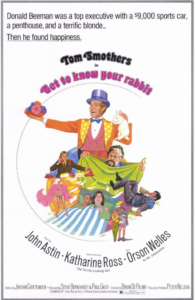

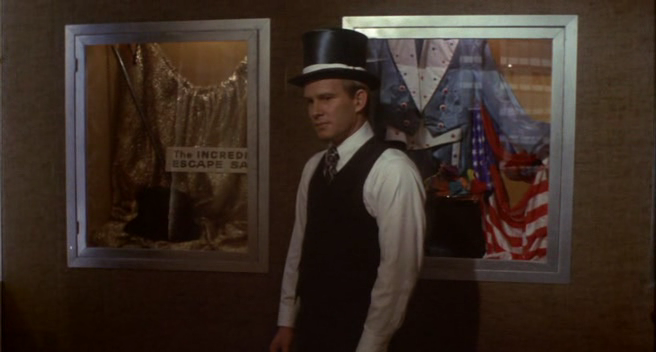
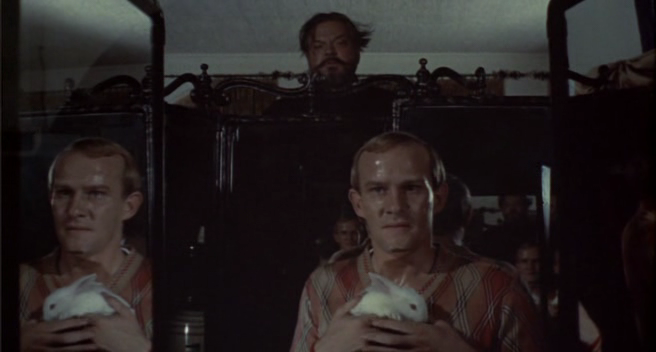
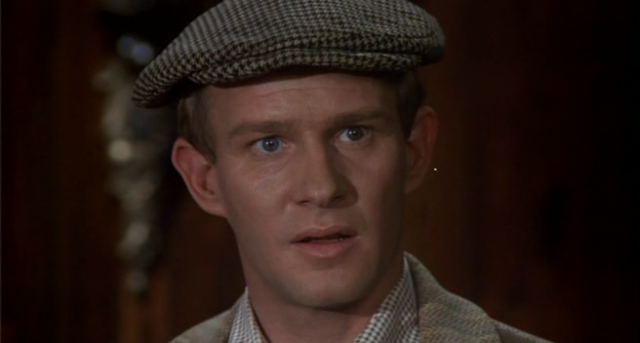
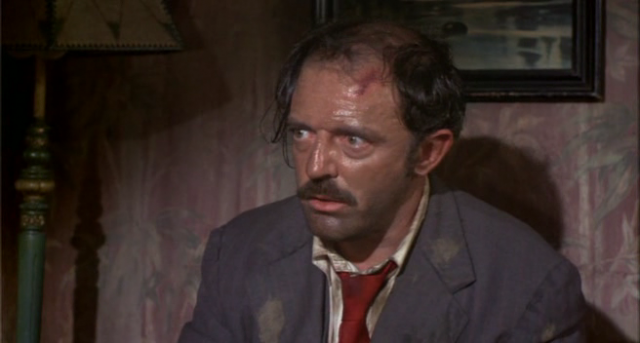
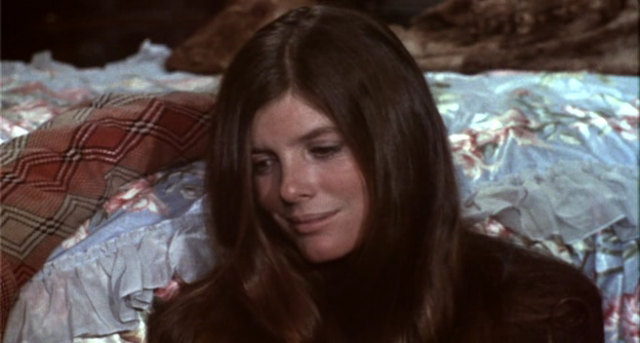
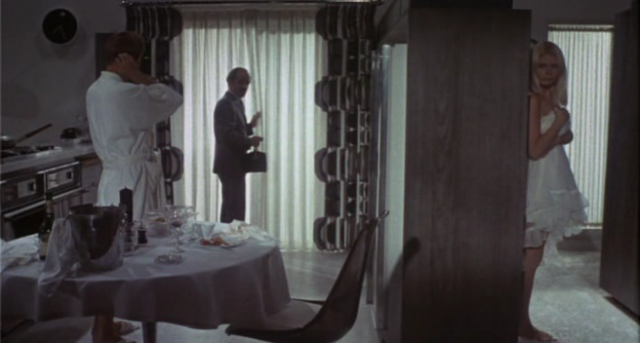
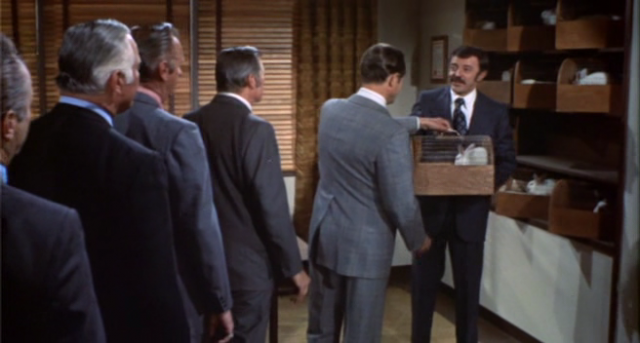
One thought on “Get to Know Your Rabbit (1972)”
First viewing. Not a must, ultimately, tho fans of director De Palma will still be glad to have seen it.
De Palma got behind the material hook-line-and-sinker, perhaps hoping to achieve something delightfully zany. Unfortunately, the script is not all that willing to help him out. There’s a plus-factor here and there – some sequences do deliver chuckles (i.e., the first visual of a group of mis-matched hopefuls learning to be tap-dancing magicians). But not enough works overall. You may want this to be over long before it is.
It’s amazing that a major studio (Warner Bros.) backed this project (even though this was a time of a number of offbeat, counter-culture Hollywood films) and that the production level for it was so high. The film certainly looks great; it shares a-certain-something with De Palma’s subsequent ‘Phantom of the Paradise’ in terms of its visual texture.
Smothers turns in a surprisingly valiant performance. Not talking range exactly, but it’s a refreshing change from his tv persona.
And it’s always good to see Welles – even in his few short bits. Orson always brings something arresting with him when he’s up at bat.
But what the heck is Katherine Ross doing here? She’s called on to be visually charming and slightly goofy – to little effect.
Fave sequence: Astin’s downward spiral. Astin manages the film’s standout performance in this sequence, in which he has hit rock bottom in life.